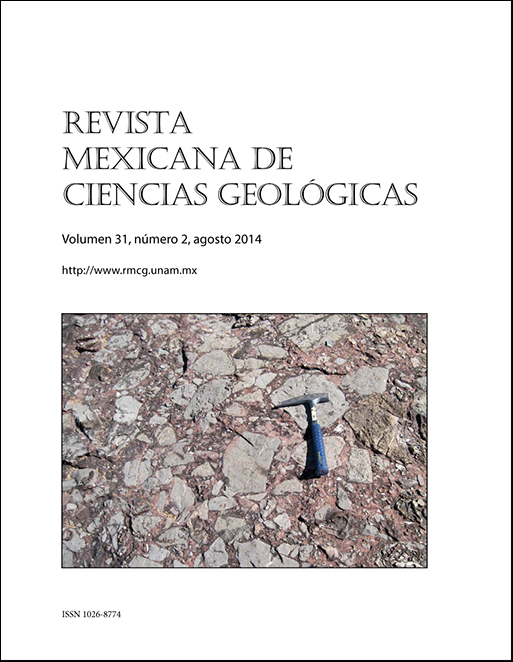Resumen
A detailed study has been undertaken with an unique horse bone deposit at Cedral, San Luis Potosí, central Mexico. Morphological and morphometrical characters are used, as well as bivariate and multivariate statistics for both cranial and postcranial elements, and additional data incorporated for specimens from other Pleistocene Mexican localities. Measurements for most of the studied materials are provided, as well as estimates of body mass for each species. Three species are represented in several Mexican late Pleistocene deposits, coincident with the Rancholabrean Land Mammal Age. All three may have been contemporaneous: a large-sized horse Equus mexicanus Hibbard, 1955 known from the western USA throughout Mexico and Central America; a widespread medium-sized horse Equus conversidens Owen, 1869 occurring in most of North and Central America; and a new small-sized horse Equus cedralensis sp. nov., presently known only from Mexican localities. Recognizing the co-occurrence of three late Pleistocene horse species (genus Equus sp.) in Mexico is important for understanding the diversity and extinction patterns at the time of the early presence of humans in the continent. Additionally, environmental inferences are proposed, but further research is warranted to test those.
Esta obra está bajo una Licencia Creative Commons Atribución/Reconocimiento 4.0 Internacional.
Descargas
Los datos de descargas todavía no están disponibles.








